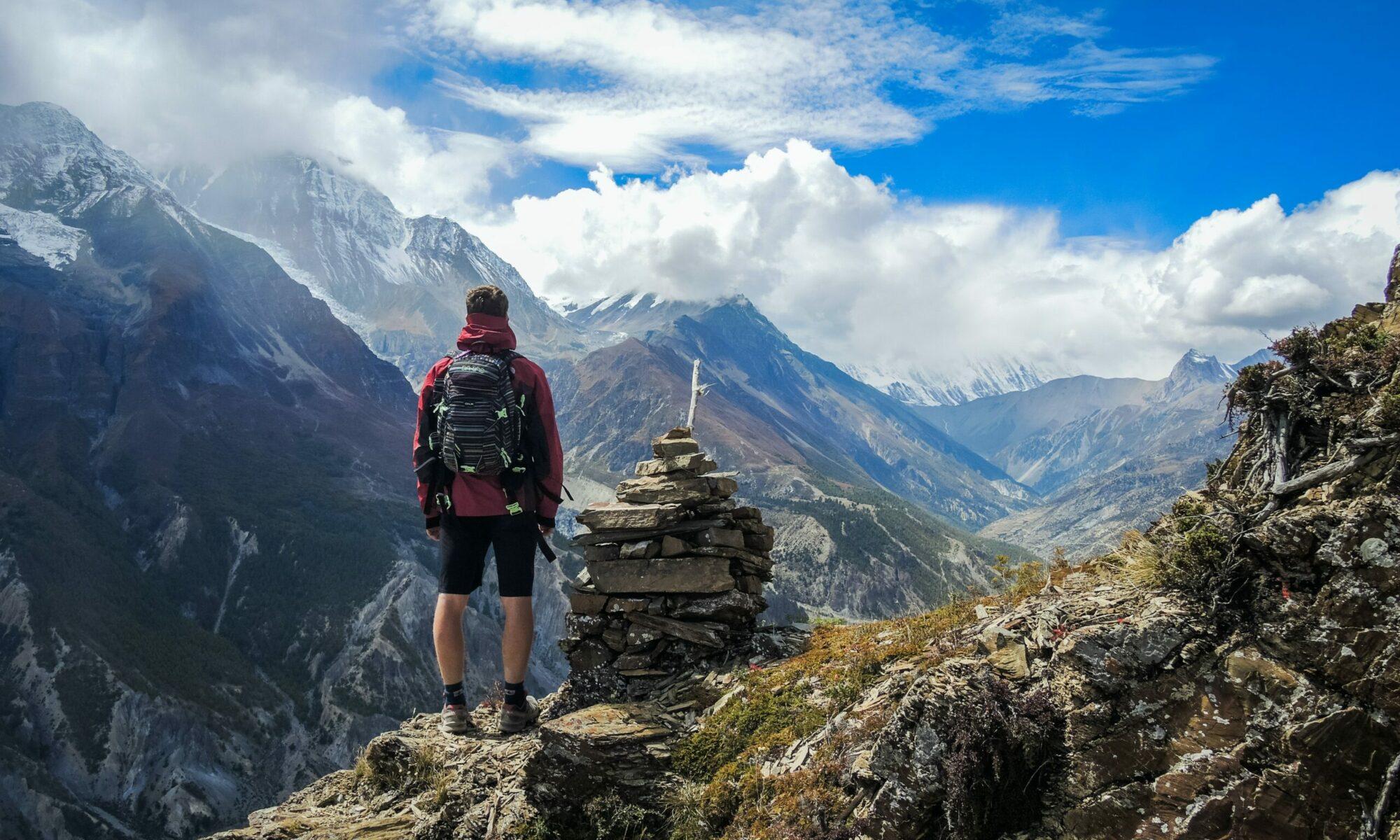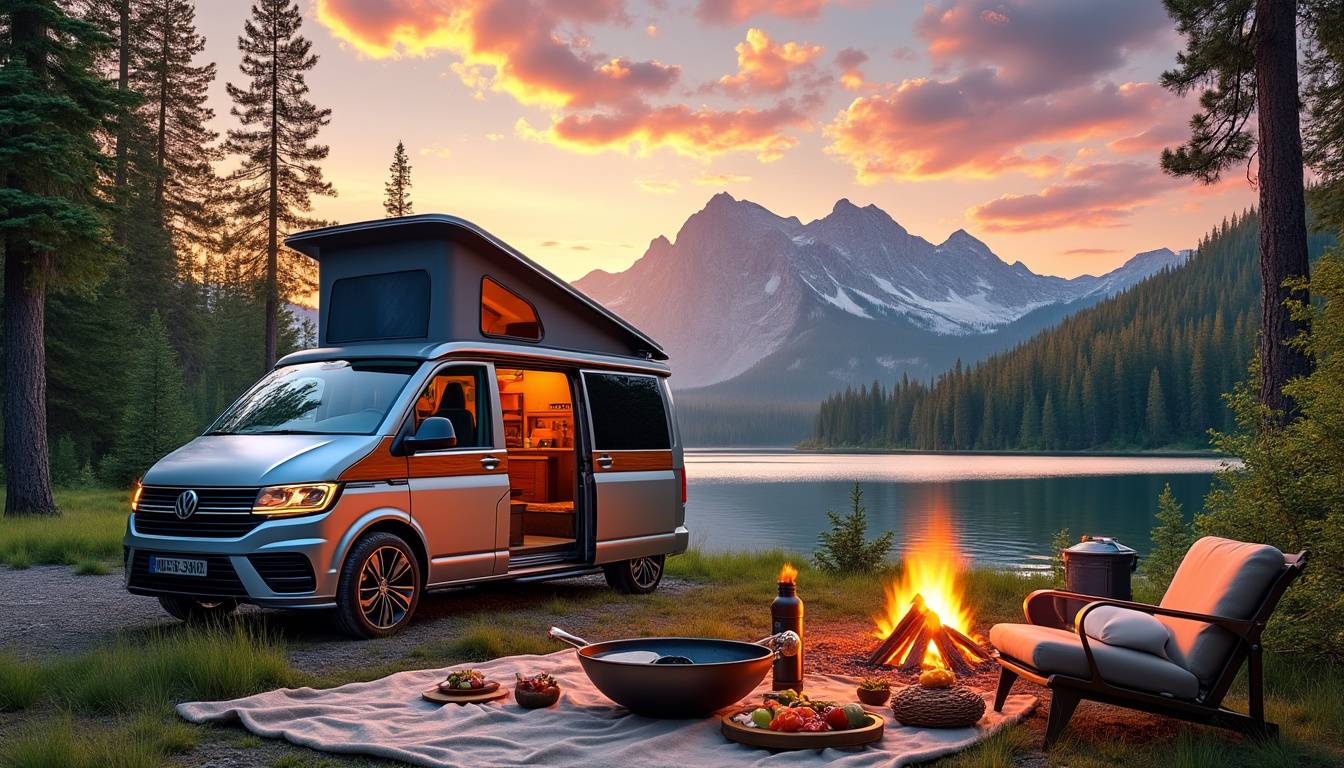Embarking on a vanlife journey is more than just traveling—it’s embracing a lifestyle filled with freedom, spontaneity, and deep connection to nature and culture. The charm of life on the road lies in transforming a simple van into a cozy, mobile home where every adventure unfolds at your own pace. Whether you’re new to vanlife or a seasoned road warrior, meticulous planning is essential to ensure your trip becomes an unforgettable tale to cherish. From choosing the right campervan model to mastering the art of organized storage, managing energy and water autonomy, handling weather unpredictability, and respecting local regulations, this guide opens the door to limitless escapes and soulful discoveries on four wheels.
choosing the right campervan: the foundation of a successful vanlife trip
Selecting a reliable and suitable campervan sets the tone for your entire journey. This decision not only affects your comfort but also your safety, freedom, and the overall vibe of your adventure. Various models cater to different needs and budgets, with options ranging from iconic classics to modern, high-tech vehicles. Brands like Airstream, Winnebago, Mercedes-Benz Sprinter, Ford Transit, Campervan styles from Nissan NV, Roadtrek, Pleasure-Way, Coachmen, and Thor Motor Coach dominate the market, each offering unique features to fit your lifestyle on wheels.
defining budget and needs
Your budget will guide your choices, but it must consider not only the initial purchase or rental cost but also ongoing expenses such as maintenance, fuel consumption, and insurance. A campervan for occasional getaways will differ greatly from a rig intended for full-time nomadic living.
Determine whether you prefer a new model, offering warranties and the latest designs but at a premium, or a second-hand van that might require more upkeep but comes with considerable savings. For custom enthusiasts, buying a basic van for personal outfitting can be economical but demands time and skilled labor.
popular campervan models to consider
To help visualize, here’s a table summarizing some popular campervan models, their price ranges, and key features:
| Model | Type | Capacity | Key features | Price range (€) |
|---|---|---|---|---|
| Airstream Interstate | Luxury Van | 2-4 | High-end finishes, modern tech, solar panels option | 100,000 – 140,000 |
| Winnebago Revel | Off-road Camper | 2-3 | 4×4 capability, rugged design, compact kitchen | 70,000 – 90,000 |
| Mercedes-Benz Sprinter | Customizable base van | Varies | Spacious, reliable engine, versatile for conversion | 40,000 – 65,000 (base van) |
| Ford Transit Camper | Popular conversion van | 2-4 | Strong engine, flexible interior layouts | 35,000 – 60,000 |
| Roadtrek Zion | Class B Motorhome | 2-4 | Integrated bathroom, kitchen, compact design | 80,000 – 110,000 |
Choosing the right model often means balancing size, amenities, fuel efficiency, and maneuverability. Smaller vans like the Nissan NV may be easier to handle in urban areas, whereas larger options such as the Coachmen and Thor Motor Coach brands cater to travelers prioritizing comfort and space.
- Tip: Test drive or rent different models to see what suits your driving style and needs best before committing.
- Tip: Customization options vary widely; leverage modular furniture and multi-functional designs to maximize your limited living space.
maximizing storage: mastering space management inside your campervan
Optimizing storage is crucial because every inch of your campervan counts. Clever organization improves livability and keeps the space feeling open and welcoming. Vanlifers know that efficient storage management can turn a small campervan into a comfortable home on wheels.
vertical and modular storage solutions
Utilizing vertical space can dramatically increase storage without crowding the living area. Installing wall-mounted shelves, cabinets, or towers — as offered by brands like Purvario — lets you stash gear, cookware, and supplies neatly.
Modular storage boxes and stackable containers allow flexible reconfiguration depending on your journey’s demands. For instance, stackable bins dedicated to camping equipment, kitchen gear, or clothing can be rearranged as your itinerary evolves.
multi-functional furniture and hidden compartments
Furniture that serves more than one purpose can save space and boost comfort. Beds with underframe storage, fold-away tables, and benches that double as storage chests are popular choices. Hidden compartments tucked into otherwise unused corners safeguard valuables and keep clutter at bay.
- Install fold-down tables for dining and work.
- Choose sofas with built-in drawers.
- Use ceiling nets for lightweight items like hats or towels.
- Keep frequently used items easily accessible to reduce clutter.
| Storage solution | Advantage | Example |
|---|---|---|
| Vertical shelving | Maximizes height, frees floor space | Purvario storage towers |
| Multi-purpose furniture | Combines seating and storage | Convertible sofa bed with drawers |
| Modular bins | Customizable storage zones | Stackable kitchen organizers |
| Hidden compartments | Secure storage, reduces clutter | Underfloor safes or side panel cubbies |
A well-organized campervan is a sanctuary where you can relax after a day of adventure. Proper storage solutions contribute directly to your mental well-being, ensuring your van remains a pleasant living space despite its compact size.
managing water and energy autonomy for true vanlife independence
One of the greatest joys of vanlife is self-sufficiency. Managing your water and energy systems efficiently is key to enjoying remote spots and extending your ventures without dependence on services.
water autonomy considerations
Start with installing a large enough water tank to meet your drinking, cooking, cleaning, and hygiene needs. Analyze your typical usage to balance tank size against weight and available space in your vehicle.
Eco-friendly practices, such as using biodegradable soaps and water-saving faucets, help preserve your resources. Portable water filters or secondary tanks prepare you for refilling from natural sources.
energy independence through solar and batteries
Solar panels on your van’s roof have become staples, generating sustainable power without noise or fumes. Adding a deep-cycle auxiliary battery bank enables storing surplus energy for night use or cloudy days.
Energy-efficient LED lighting, smart energy monitors, and appliances tailored for low power consumption all contribute to maximizing autonomy.
- Consider flexible solar panels that conform to curved roofs or rooftops with pop-top designs.
- Charge batteries regularly to prolong their lifespan.
- Use energy-saving devices like induction cooktops and low-wattage fridges.
- Utilize smart power management systems to monitor consumption in real time.
| System | Function | Benefits |
|---|---|---|
| Water tank (50-100L) | Stores fresh water | Enables longer off-grid stays |
| Solar panel array (100-300W) | Generates electricity | Silent, renewable, low maintenance |
| Auxiliary battery (100Ah+) | Stores solar energy | Power at night and on cloudy days |
| Energy monitor | Tracks consumption | Improves energy usage efficiency |
Mastering your van’s utilities enhances comfort and opens new horizons where traditional campgrounds cannot reach.
weatherproofing your vanlife: preparing for all seasons and climates
The open road is unpredictable, and weather can shift rapidly, affecting your comfort and safety. Being prepared for diverse conditions is a hallmark of savvy vanlifers.
tools and vehicles insulation
Good insulation helps regulate your van’s interior temperature throughout seasonal changes. Many modern vans like the Winnebago or Thor Motor Coach models feature premium insulation from factory, but older or custom vans may require upgrades with foam, reflective barriers, or wool lining.
heating and cooling systems
Investing in a reliable heating system is essential for cold climates, particularly if winter camping or traveling in northern regions. Diesel or propane heaters provide cozy warmth without draining your main battery.
For hot climates, ventilation via roof fans and window screens maintain airflow and keep insects at bay.
rain and storm strategies
Heavy rain or storms demand planning. Secure awnings and waterproof seals help maintain dry interiors. Having indoor activities like books, games, or cooking projects keeps spirits high during wet spells.
- Use weather apps to monitor upcoming changes regularly.
- Seal all gaps and check weatherstripping annually.
- Carry quick-dry clothing and waterproof gear.
- Plan flexibility in your itinerary to dodge severe weather.
| Season | Preparation tips | Recommended equipment |
|---|---|---|
| Winter | Insulation, heating system, antifreeze fluids | Diesel heater, thermal blankets, insulated curtains |
| Summer | Ventilation, sunshade, hydration focus | Roof fans, window screens, portable water containers |
| Rainy season | Waterproofing, awnings, indoor activities | Sealed roof, awning, LED lighting |
Adapting your setup to handle the whims of weather ensures every moment on the road is enjoyed comfortably and safely.
navigating legalities and planning overnight spots for hassle-free vanlife in france
France offers vanlifers stunning and diverse environments, but responsible travel requires understanding regulations and choosing proper overnight locations to stay respectful and legal.
finding ideal overnight spots
Thanks to helpful apps like Park4Night, vanlifers can locate a rich diversity of official campgrounds, wild camping areas, farms offering hospitality, and practical motorway rest stops.
Networks such as Harvest Host let travelers experience unique overnight stays in places like vineyards, farms, and artisan locales, enriching the journey with culture and kindness.
respecting French rules and guidelines
Parking restrictions vary widely depending on local authorities, especially in tourist hotspots. It’s vital to check municipal regulations to avoid fines or conflicts. Broadly speaking, camping outside designated areas, known as wild camping, is prohibited in many regions, so use designated spaces when possible.
Proper disposal of greywater and waste is not just a rule but a moral imperative to preserve the pristine beauty you enjoy. When outfitting your van yourself, compliance with the VASP (Vehicle Automotorisé Spécialisé) standards guarantees safety and legality on French roads.
- Always park in authorized areas or campgrounds.
- Leave no trace: carry out all rubbish and dispose of waste responsibly.
- Use public dumping stations for greywater and chemical toilets.
- Respect community peace by minimizing noise and light pollution at night.
| Regulation | Description | Action for vanlifers |
|---|---|---|
| Parking restrictions | Varies by municipality, often bans overnight stays on streets | Check local signage and regulations before parking overnight |
| Camping bans | Wild camping often prohibited outside official areas | Use designated campgrounds or private land with permission |
| Waste disposal | Strict rules for greywater and chemical toilet discharge | Utilize authorized dump stations and dispose of waste properly |
| VASP certification | Self-built vans must comply with specific safety standards | Obtain homologation to ensure road legality |
Understanding and respecting these rules ensures your vanlife journey remains a positive experience for you, locals, and the environment alike.
frequently asked questions about planning a memorable vanlife trip
- What is the average cost of buying a campervan suitable for vanlife?
The average price varies widely depending on new or used status and level of outfitting. Typically, prices range from €35,000 for a basic used van up to over €100,000 for luxury new models. Including customization, budgeting around €50,000 to €70,000 is realistic for most travelers starting out.
- How can I optimize space in a small campervan?
Utilize vertical storage, modular bins, and multi-functional furniture such as fold-down tables and sofa beds with built-in storage. Creative use of hidden compartments and ceiling racks also expands usable space.
- What are the best methods to ensure energy independence while living in a van?
Solar panels combined with a robust auxiliary battery bank are the cornerstone of energy autonomy. Supporting these with energy-efficient appliances, LED lighting, and power monitoring maximizes reliability and comfort.
- Where can I legally park overnight in France with my campervan?
Use designated campgrounds, authorized rest areas, and apps like Park4Night to find legal spots. Avoid wild camping unless explicitly allowed. Always follow local regulations to prevent fines.
- Is it possible to travel with pets in campervans?
Yes! Many rental services and van owners welcome pets, but always check the rental policy and the accepting locations. Planning and ensuring your pet’s comfort is crucial for a happy vanlife experience.


